Silk, being an absolute charm with its classic features, always stands out the best. The rich sophistication and luxury both are great if they can be traced back to time. The mystery of silk lets us explore the realm of opportunities. In this article, silk fabric’s properties, features, and overall uses have been a core discussion point.
Table Of Contents
What is Silk Fabric?
Silk fabric refers to the silkworm-produced natural fiber. The process goes on that the cocoons are spun by the silk moth larvae. It is scientifically known as Bombyx mori. The production process starts with the silkworm cultivation.
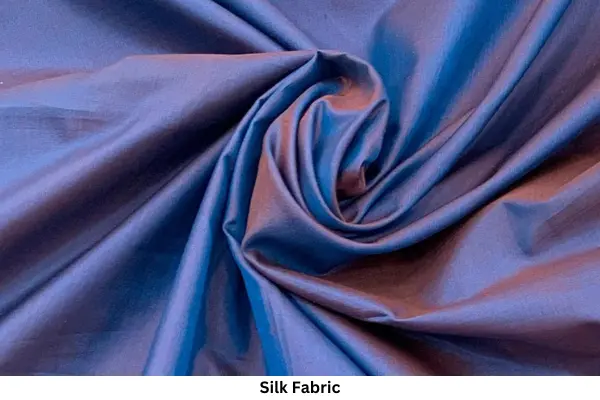
The process ends with the extraction of silk threads from the same cocoons. As a fabric, silk is luxurious and not affordable in price. It has a soft texture and luster appearance. The elegance and sophistication make the fabric extravagant.
Silk Fabric Manufacturing Process
The silk industry has come a long way in the last century. The process of manufacturing is still the same. The steps of the manufacturing process for silk fabric are:
-
Step 1: Heating the Cocoons: Silkworm cocoons get harvested first. Then, they are brought near to the high heat exposure. The objective is to prevent the mature worms.
-
Step 2: Unraveling the Cocoon: The cocoons get brushed using an automated machine. The objective is to find the loose. These loose then go for loading using a porcelain eyelet onto the reel. This reel unravels the silk strand.
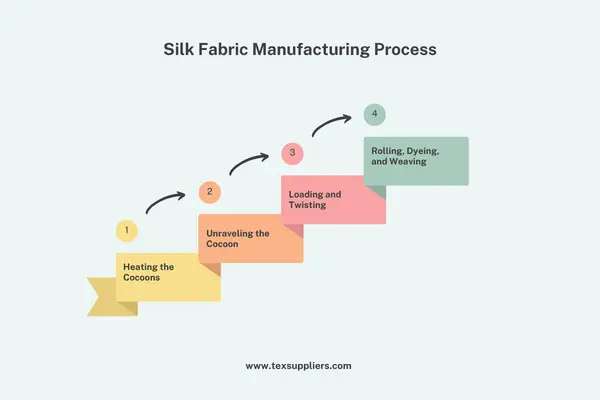
-
Step 3: Loading and Twisting: The silk strands get loaded onto the reel. It then gets attached to another strand to make a continuous string. Silk producers twist long strings together. They altogether make yarn.
-
Step 4: Rolling, Dyeing, and Weaving: The silk yarn is then put through a roller. It makes a more uniform yarn. Next comes, the dyeing process, manufacturers of silk textiles dye their yarn. They bleach the yarn. After that, the yarn gets entered to be woven into the garment.
Properties of Silk Fabric
|
Fabric Name |
Silk |
|
Fabric made of |
Fibers that silkworm insects create |
|
Fabric GSM |
120-150 GSM |
|
Fabric Breathability |
High |
|
Moisture-Wicking Ability |
High |
|
Prone to Pilling |
Low |
|
Washing Temperature |
Both cool and warm water |
|
Used for |
Nightgowm, pillow ruffle, evening wear, lingerie |
Characteristics of Silk Fabric
Silk fabric has the following characteristics. They are:
-
Texture: The texture of silk fabric is luxurious. It is soft and smooth. The fabric feels soft against the skin. It has high breathability that provides comfort to the users. Besides, silk possesses a natural luster. This luster provides a radiant appearance. The aesthetic appeal makes it more sheen.
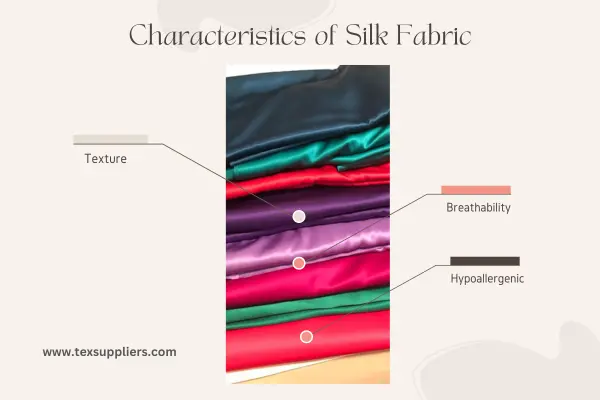
-
Breathability: Silk is highly breathable. As a fabric, silk regulates body temperature. It keeps the person cool at the time of hot. The delicate appearance and comfort make silk to be the most strong and durable fabric of all time.
-
Hypoallergenic: Silk is gentle to the skin. It is hypoallergenic. The fabric hardly causes any irritation and allergic reactions.
Silk Fabric Applications
Silk fabric is used for several applications. For instance:
-
Consumer Apparel: Scarves, evening wear, lingerie.
-
Industrial Application: Parachutes, silk surgical measures.
-
Accessories: Handbags, Wallets, Ties.
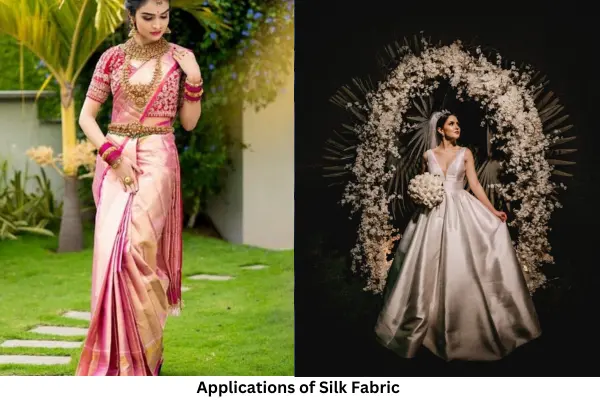
-
Home Decor: Curtain, Pillows, and upholstery, Wall Hangings
-
Bedding: Sheets, Pillowcases, and Duvet Covers
Silk Fabric Care
Silk fabric requires minimal care and inspection. But it has to be done carefully. Here are some suggestions to take care of silk fabric given below:
-
Checking out the instructions for fabric care given on the label.
-
Avoid washing with bleach (especially Chlorine Bleach)
-
Avoid drying in direct sunlight
-
Tumble dry does not go well with silk.
-
Check out the fabric’s properties of colorfastness
-
Use mild and pH-neutral detergent with delicate use.
-
Hand wash the fabric
Conclusion
Silk, being a natural fiber, is sustainable for the environment. The production of silk is not available worldwide. China is somewhere in the front row in terms of producing silk. Silk is 100 pc biodegradable without contributing significantly to the pollution. Silk has most uses in apparel and home decor sectors.





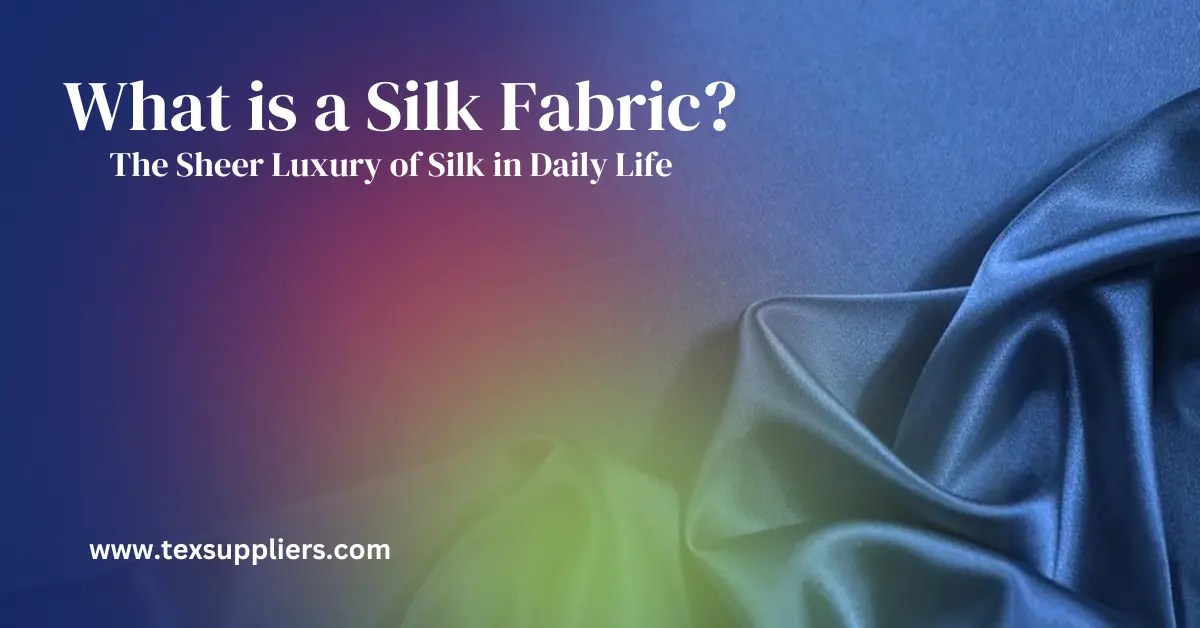
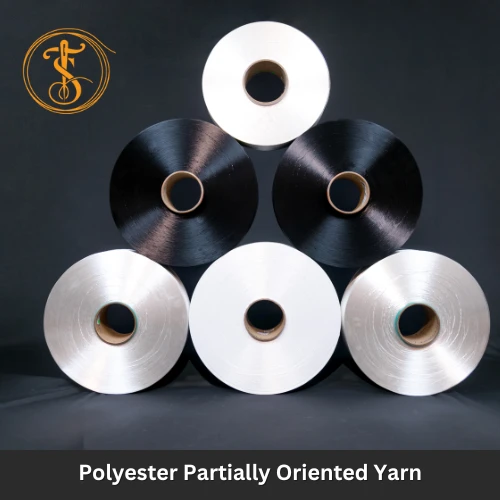
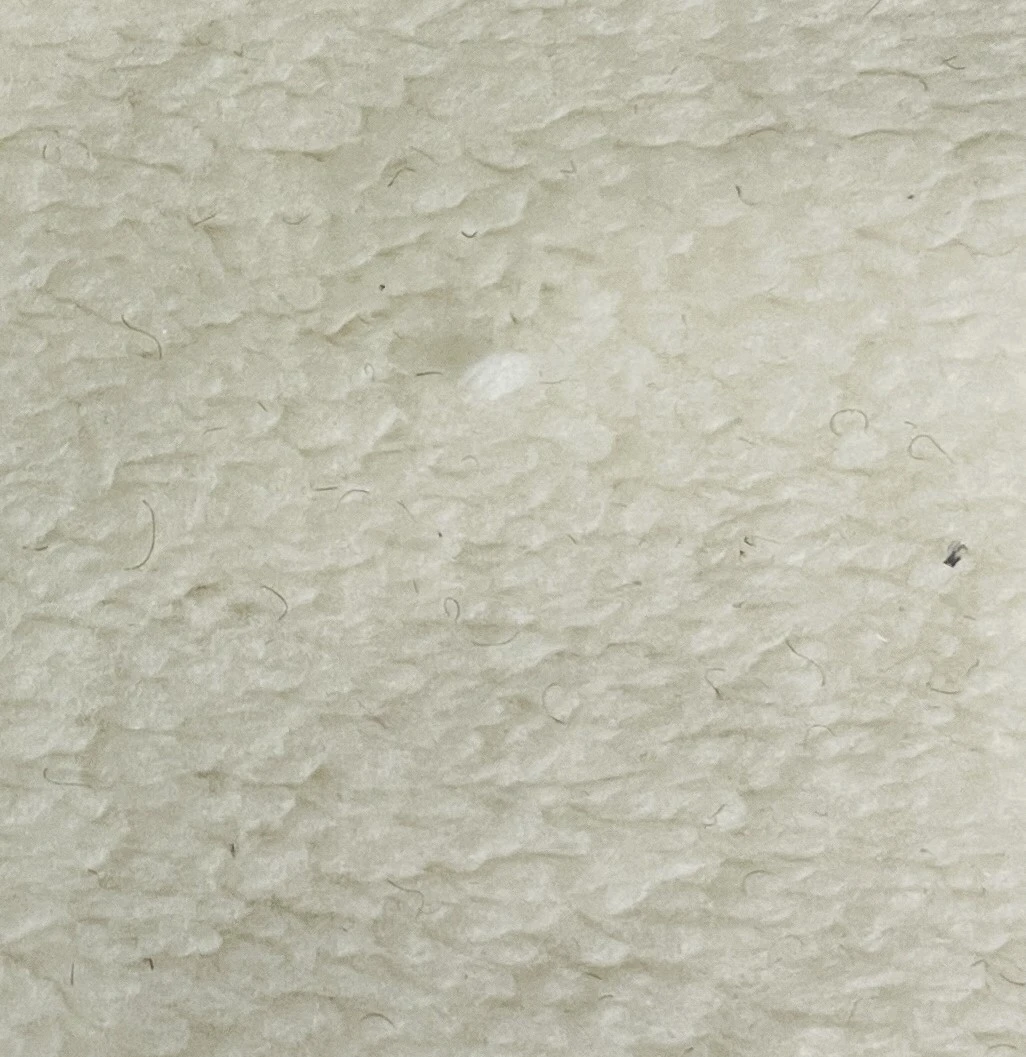
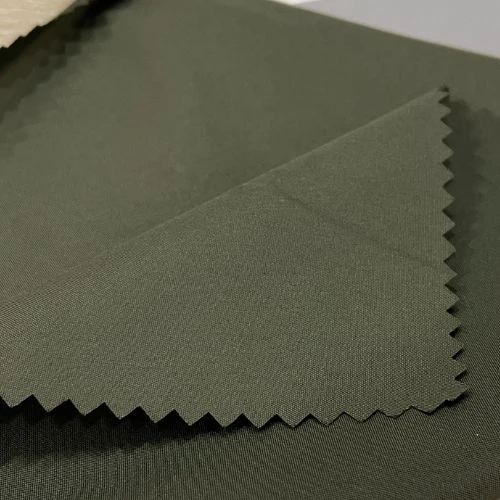
.webp)
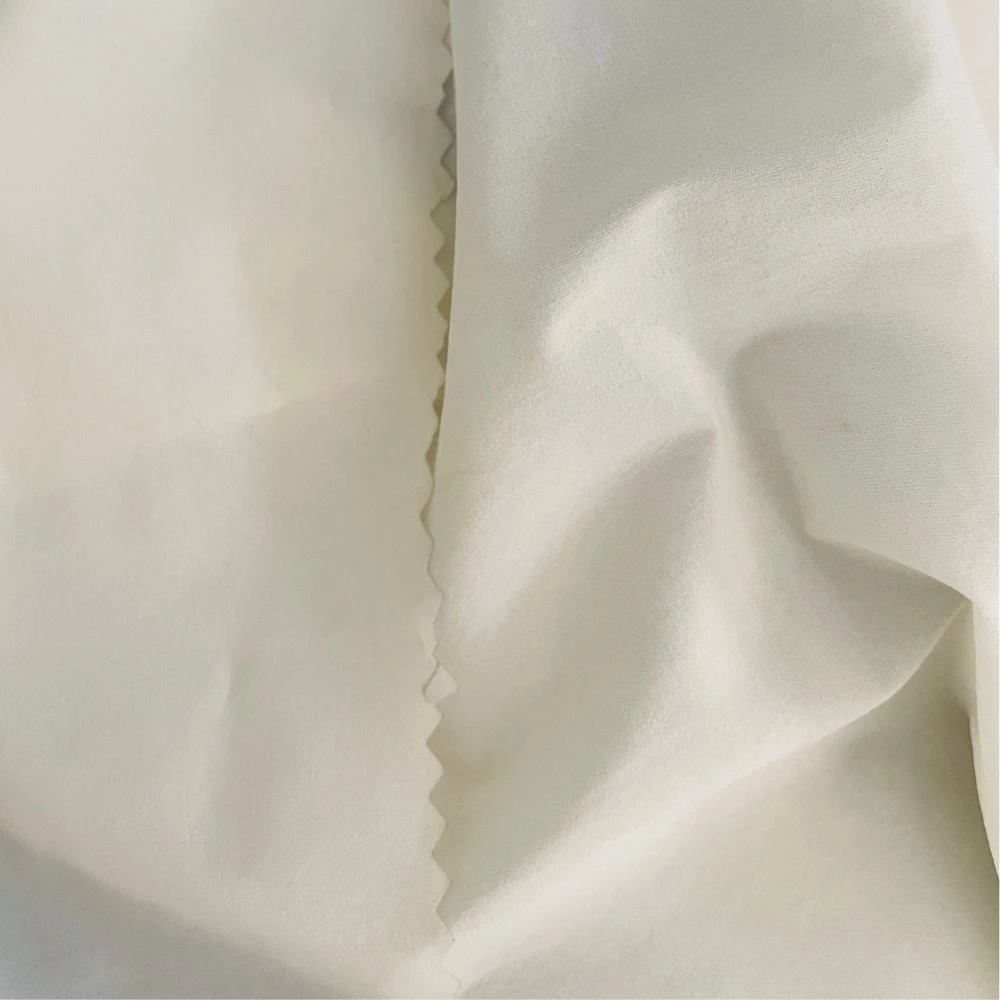

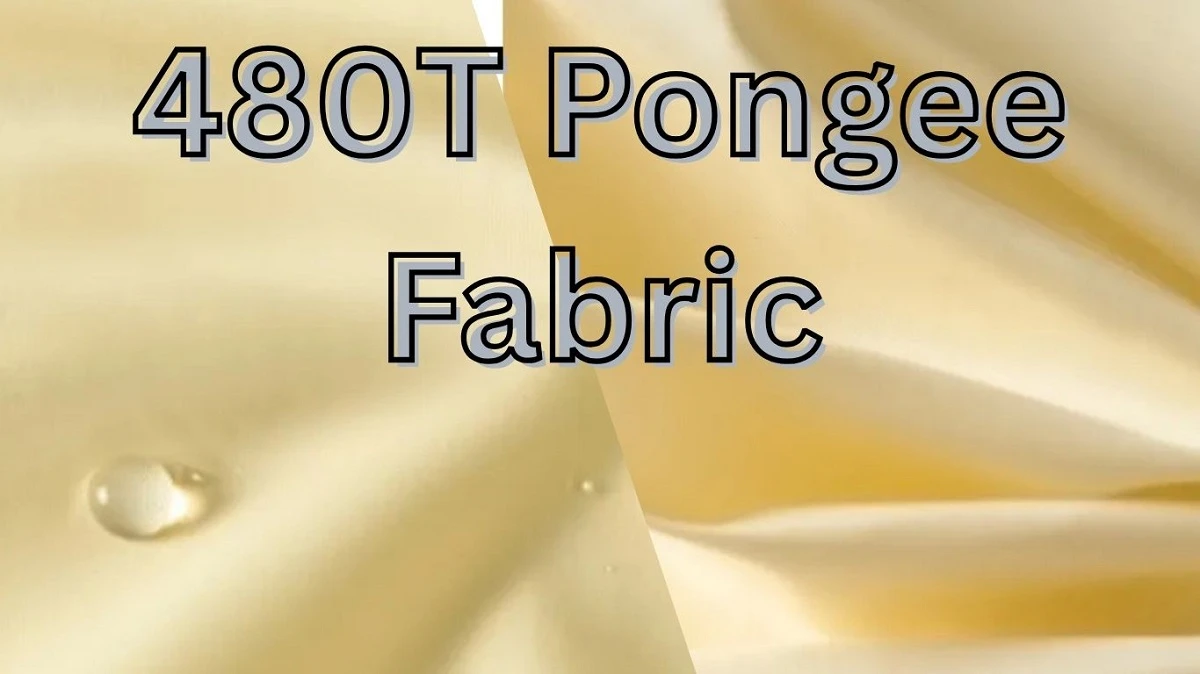
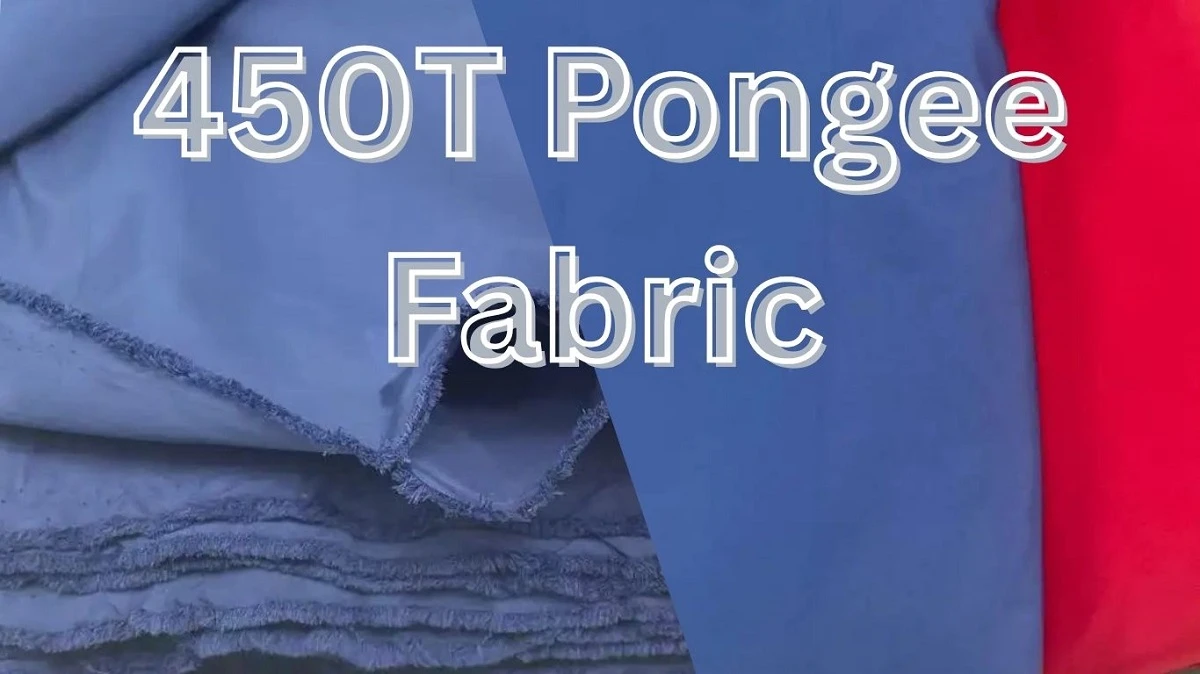
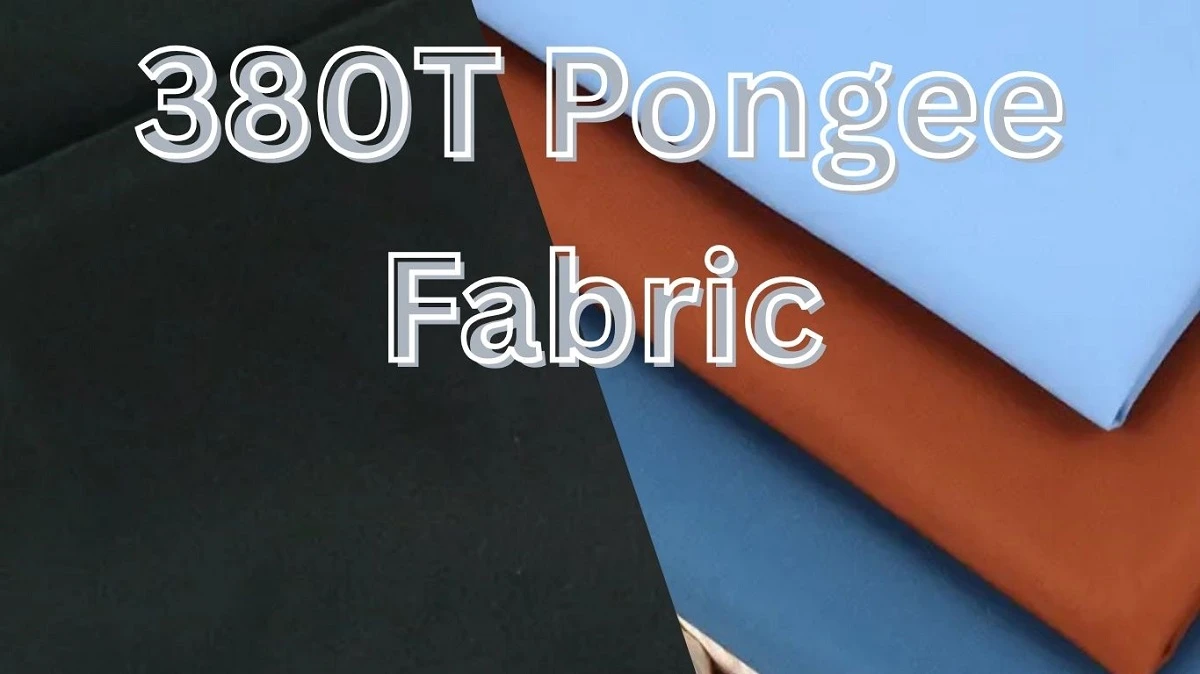
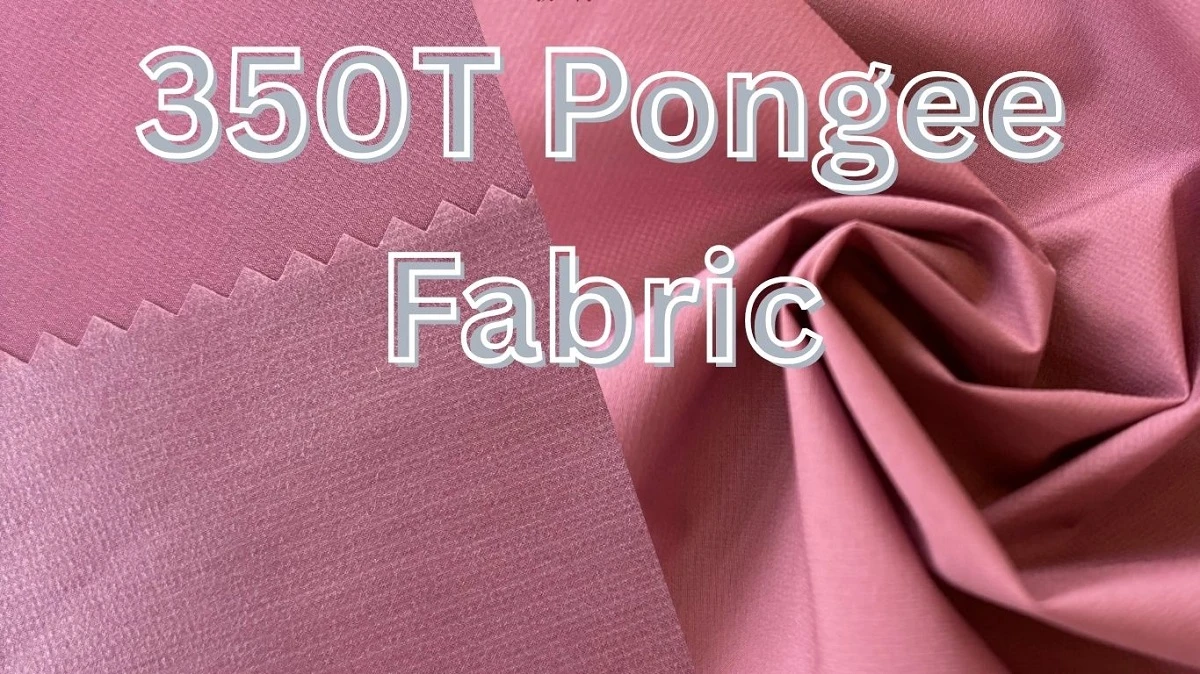
Comments - 00
Leave A Reply
Thanks for choosing to leave a comment.